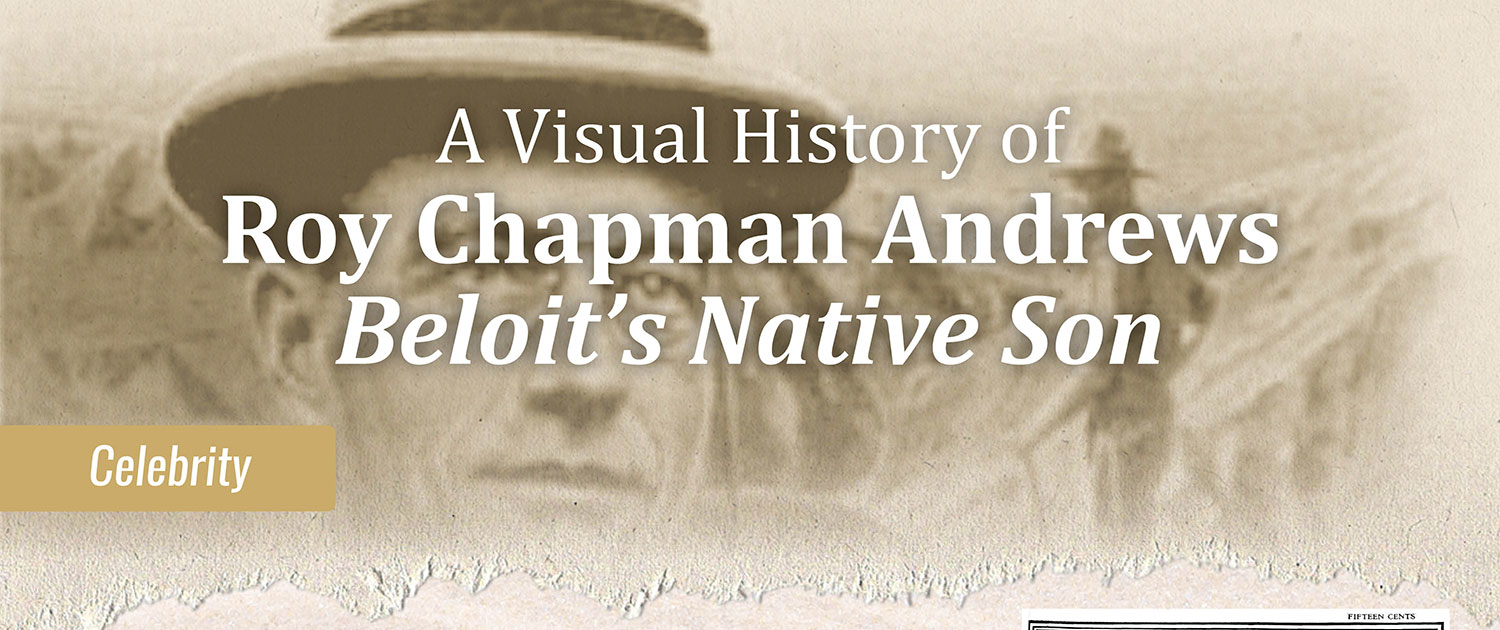Celebrity
“In the [first] fifteen years [of field work] I can remember just ten times when I had really narrow escapes from death.”
~Roy Chapman Andrews
Most people don’t realize how famous Roy Chapman Andrews was as one of the 20th century’s premier explorers. His expedition’s discovery of the first nest of dinosaur eggs catapulted Andrews into international prominence and led to Time magazine featuring him on its cover in 1923 (Figure 1). The accompanying story declared: “Wildest hopes of the size and importance of fossil deposits have been confirmed.” The writer went on to proclaim, “Mr. Andrews owes his position as leader of the Asiatic expedition to a unique combination of scientific authority and practical resourcefulness in big game hunting and open-air life. He is as thoroughly at home in these as the late Theodore Roosevelt…”
That was just the beginning of Andrews’s life in the limelight. Long accounts of his explorations were repeatedly featured in newspapers, including the New York Times (Figure 2). His lifelong accomplishments were also hailed internationally, as exemplified by a set of commemorative stamps from Sierra Leone that included Andrews among the most famous explorers in history (Figure 3).
Andrews used his celebrity status to endorse numerous products, including rifles, whiskey, oatmeal, and cars (Figure 4). He was especially memorable as a spokesperson for Dodge automobiles, which Andrews claimed were a life-saver in reliably transporting his caravans through the Gobi Desert.
Nowadays, Andrews is best known as the likely inspiration for movie character Indiana Jones. Their many similarities include swashbuckling adventures, near-death experiences, travels in Asia, a fear of snakes, and even their trademark wide-brimmed hats (Figure 5).
Besides being famous for his daring exploits, Andrews has also been broadly recognized for his scientific accomplishments. The most prominent contribution was his team’s discovery of nests of fossilized eggs, which proved how dinosaurs reproduced. Other findings by Andrews were also important, especially those involving whales early in his career. Such scientific discoveries led to Andrews receiving numerous awards and honors, including the Hubbard Medal from the National Geographic Society (Figure 6).
Most recently, Andrews has been celebrated and chronicled in two highly acclaimed biographies. The first, “Dragon Bones and Dinosaur Eggs: A Photobiography of Explorer Roy Chapman Andrews,” was written by local author Ann Bausum. The second, “Dragon Hunter: Roy Chapman Andrews and the Central Asiatic Expeditions,” by Charles Gallenkamp provides a detailed account of the Central Asiatic Expeditions of 1922-1930 (Figure 7).


